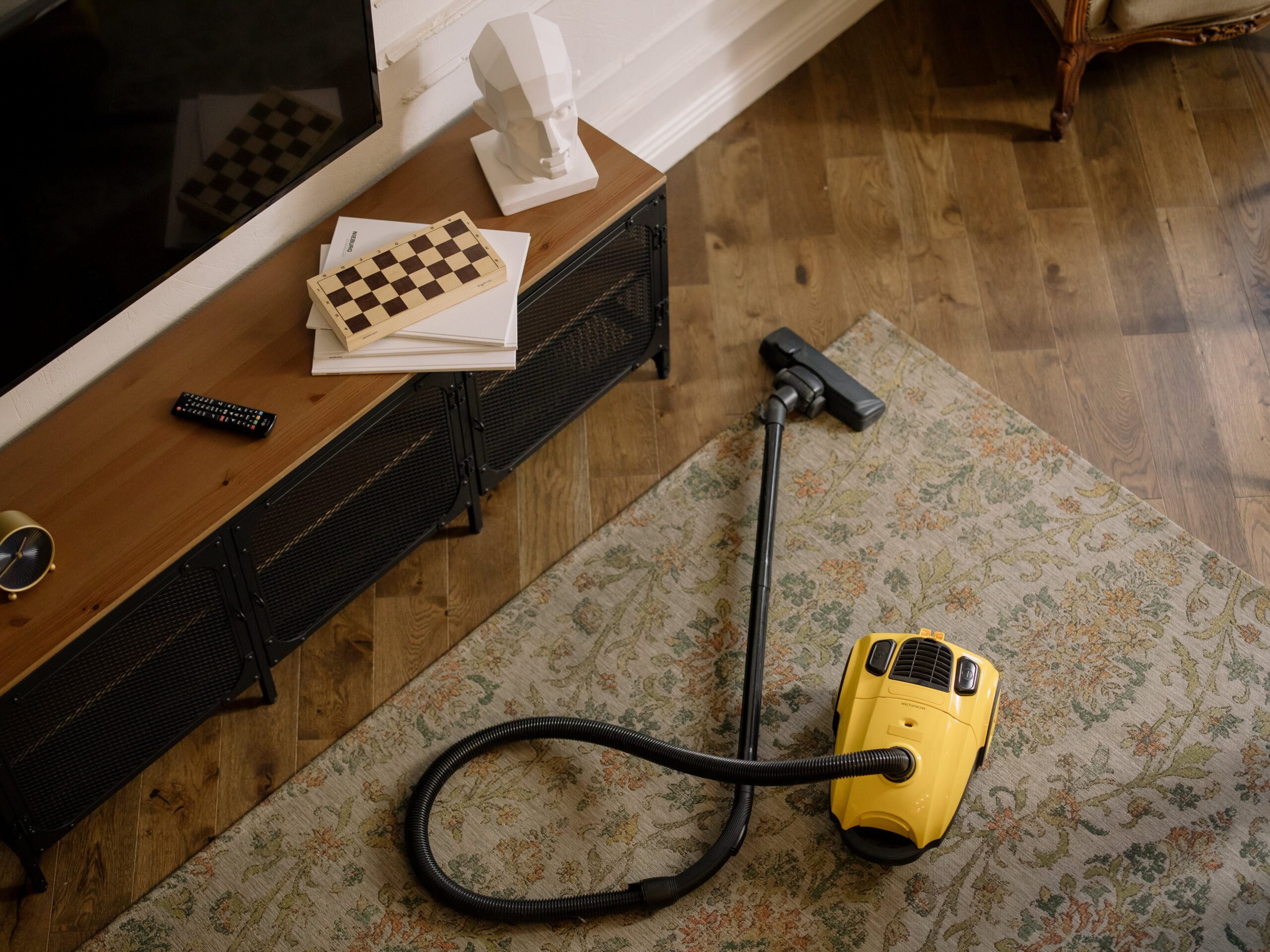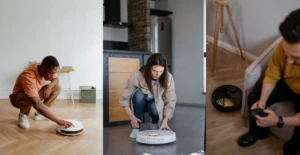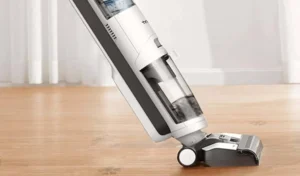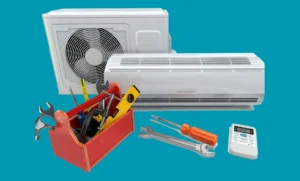how to use a vacuum cleaner for home
Vacuuming may seem easy, but there’s more to cleaning things than just making things look neat. It’s not just about turning on the machine and moving it easily across the floor. Wishing you more great animation now Read more. To get everything clean, it’s important to be smart about choosing the right vacuum and using it well.
Whether you choose a compact, bagless, or stick model, Electrolux vacuums work well and make cleaning easier. Let’s take a look at a simple guide on how to use a vacuum cleaner effectively and some things you should and shouldn’t do when using this cleaning tool.
Key steps on how to use a vacuum cleaner
Using a vacuum cleaner is simple, but it is important to follow some basic steps, all of which are effective and properly maintained. Here is a guide on how to use a vacuum cleaner:
- Clean the area: Remove any obstructions, small objects, or loose items from the floor to prevent them from falling into the vacuum or causing damage.
- Inspect the vacuum cleaner: Check for any visible damage, and make sure that all accessories are securely in place.
- Adjust Settings: Depending on the type of vacuum you have, adjust the height setting appropriate for your flooring (carpet, hardwood, etc.). Adjust any other settings, such as suction power, according to your needs.
- Attachments and Accessories: Attach the appropriate accessory for the type of cleaning you’re doing. For example, use a crevice tool for tight spaces or an upholstery brush for furniture.
How to use a vacuum cleaner: 8 easy steps
Step-01: Move Furniture: If possible, move furniture or lightweight items to reach all areas of the floor. Use caution when moving heavier furniture to avoid damage to the furniture or the vacuum.
Step-02: Dust your furniture using a duster: Clean your furniture by removing dust, and make sure the space is ready for vacuuming.
Step:-03: Make an easy Road for your vacuum cleaner: Prepare the way for your vacuum by making sure the area is free of obstructions and clutter. Create a clear and unobstructed path, making it easier for the vacuum cleaner to move smoothly on the floor and clean the space effectively. This involves removing any items or objects that may obstruct the vacuum’s progress, providing an unobstructed path to optimal cleaning performance.
Step:-04:Empty or Replace the Dustbin/Bag: If you have a bagless vacuum, empty the trash when it is full. For bagged vacuum cleaners, replace the bag according to the manufacturer’s instructions.
Step-05:Attachments and Accessories: Attach the appropriate attachment for the type of cleaning you are doing. For example, use a crevice tool for tight spaces or an upholstery brush for furniture.
Step-06: Clean Filters: Ensure that the filters are free from dirt and debris by cleaning them thoroughly.
Step-07: Turn On And Plug in the Vacuum Cleaner: On Vacuum Cleaner Power Or Find a power outlet near the area you’ll be cleaning. Plug in the vacuum cleaner and ensure that the cord is not damaged.
Step-08:Start Vacuuming: Turn on the vacuum cleaner using the designated switch or button. Start by vacuuming regularly, and moving in overlapping passes to ensure thorough cleaning. For carpets, vacuum against the natural direction of the carpet fibers to effectively lift dirt.
Step-09: Turn Off and Unplug: Once you have finished vacuuming, please turn off the vacuum cleaner and unplug it from the power source. If possible, return the cord properly to avoid damage.
Early Methods of Cleaning Flooring
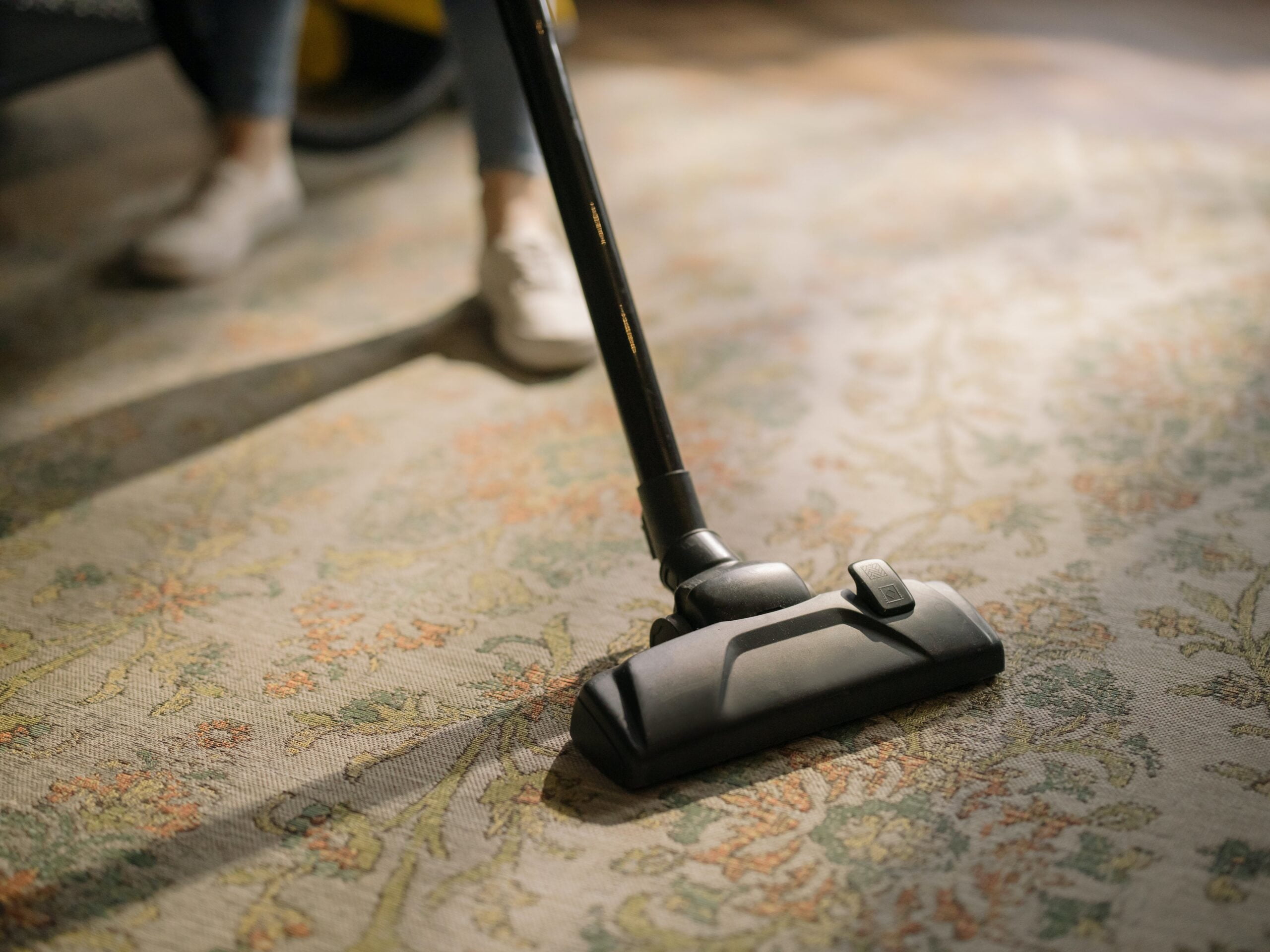
Before the modern vacuum cleaners that we know today, cleaning the floors was a labor-intensive task. People relied on manual tools such as brooms and dustpans, as well as carpet sweepers. The broom and dustpan combination was commonly used to sweep away dirt and debris from various types of flooring. The broom, made from stiff bristles, effectively gathered the dust and particles, while the dustpan allowed for easy collection and disposal. Carpet sweepers were also popular, especially for cleaning carpets. They consisted of a central brush that rotated as the user pushed the sweeper across the carpet. This action captured dirt and debris, which was then collected in a built-in container. While these early methods were effective to some extent, they required physical effort and didn’t provide the deep cleaning that vacuum cleaners offer today.
Inventors and Innovations
Vacuum cleaners have become an essential tool for maintaining a clean home. This invention can be attributed to several inventors who have made significant contributions to its development. Hubert Cecil Booth is well-known as one of the pioneers in the vacuum cleaner industry. He is credited with inventing the electric vacuum cleaner in the early 20th century. His invention revolutionized the way people cleaned their homes by replacing manual labor with a more efficient and effective machine. Another important figure in the history of vacuum cleaners is James Murray Spangler. He invented the portable vacuum cleaner, which further improved the convenience and accessibility of this household appliance. These innovations have paved the way for the modern vacuum cleaners that we use today, making household cleaning tasks much easier and more convenient
Rise in Popularity
The rise in popularity of vacuum cleaners for home can be attributed to several factors. One of the primary reasons is the increased availability and affordability of these appliances. With advancements in technology, vacuum cleaners have become more accessible to the average household. Manufacturers have introduced various models and brands in the market, catering to different budget ranges. This makes it easier for consumers to find a vacuum cleaner that suits their needs and their budget. Additionally, advertising campaigns and marketing strategies have played a crucial role in promoting these appliances. Companies have focused on highlighting the benefits and features of vacuum cleaners, emphasizing their efficiency, convenience, and ability to deliver a clean and dust-free home. As a result, more and more people are opting for vacuum cleaners as their preferred cleaning tool.
how to use a vacuum cleaner for home
Modern Types Of Vacuum Cleaners
Upright vacuum cleaners
Upright vacuum cleaners are one of the most common types of vacuum cleaners. They are versatile and powerful, making them suitable for cleaning carpets and large open areas. Most upright vacuum cleaners have motorized brushes for effective deep cleaning. They usually come with various attachments to clean different surfaces and hard-to-reach areas.
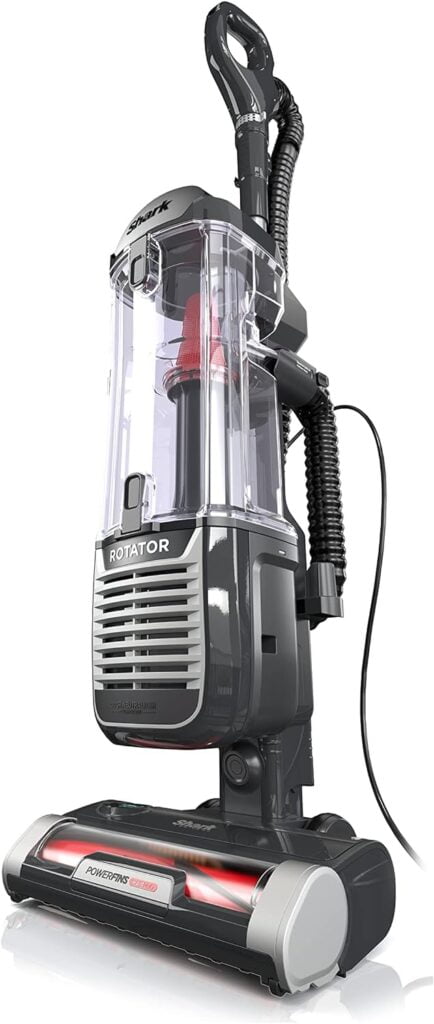
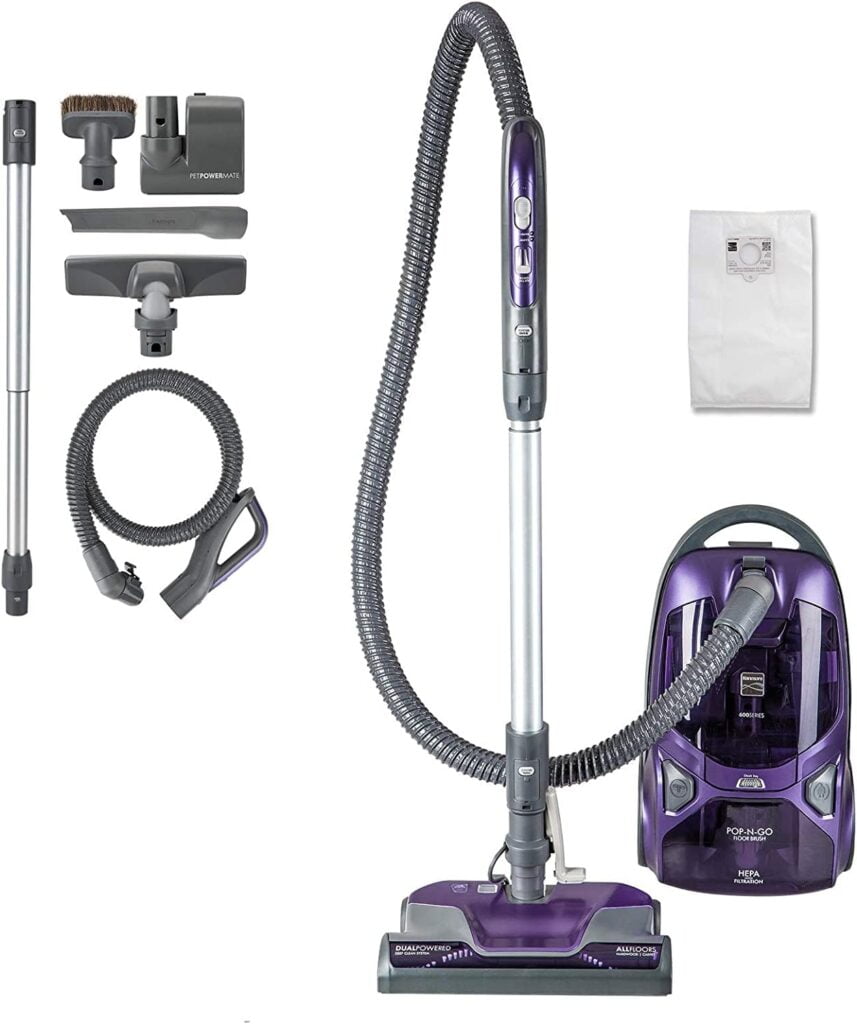
Canister vacuum cleaners
Canister vacuum cleaners consist of a wheeled canister unit and a separate wand with attachments. The canister holds the motor and dust collection system, while the wand is used for cleaning. Canister vacuum cleaners are great for cleaning stairs, upholstery, and other above-floor surfaces. They are also suitable for homes with a combination of hard floors and carpets.
Stick vacuum cleaners
Stick vacuum cleaners are lightweight and convenient. They are ideal for quick cleanups and small spaces. Stick vacuums are cordless, often rechargeable, and easy to maneuver. They are suitable for hard floors and light carpet cleaning. Some models even come with detachable handheld units for added versatility.
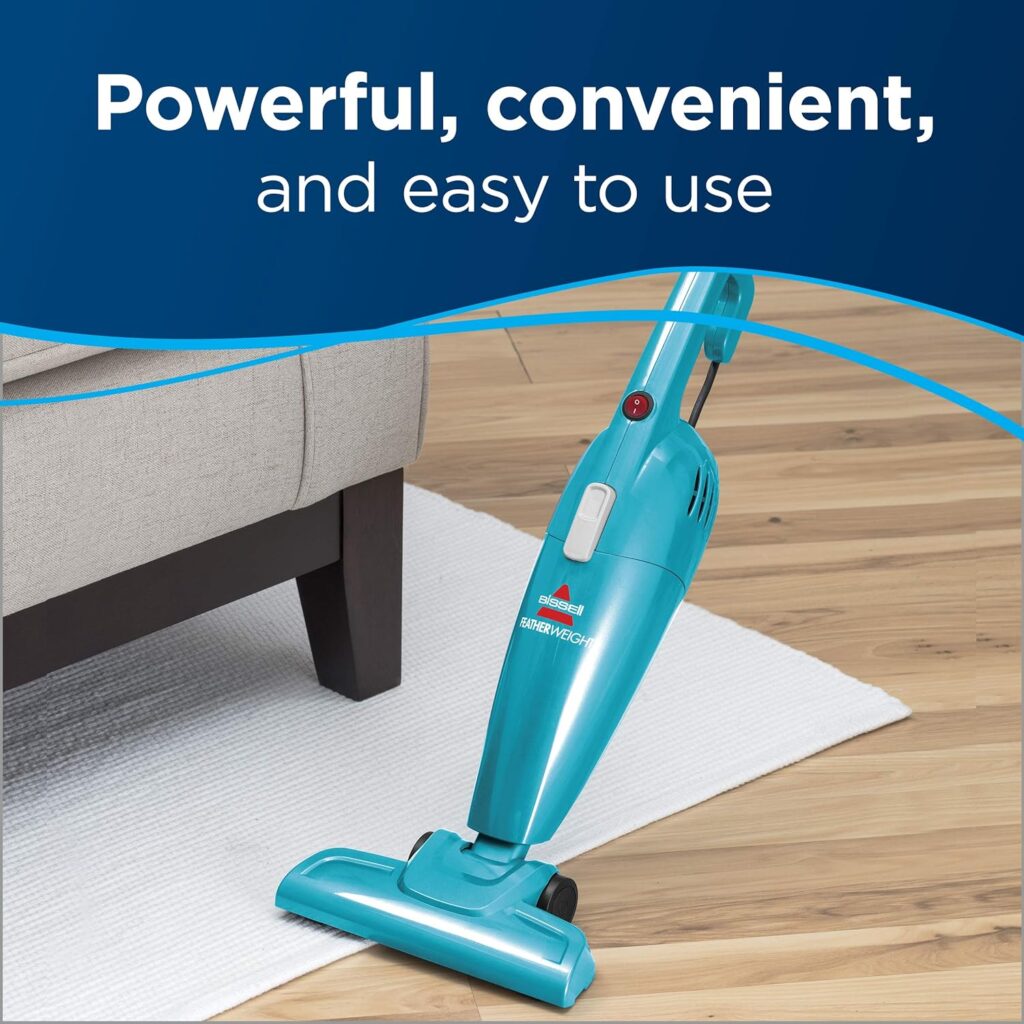
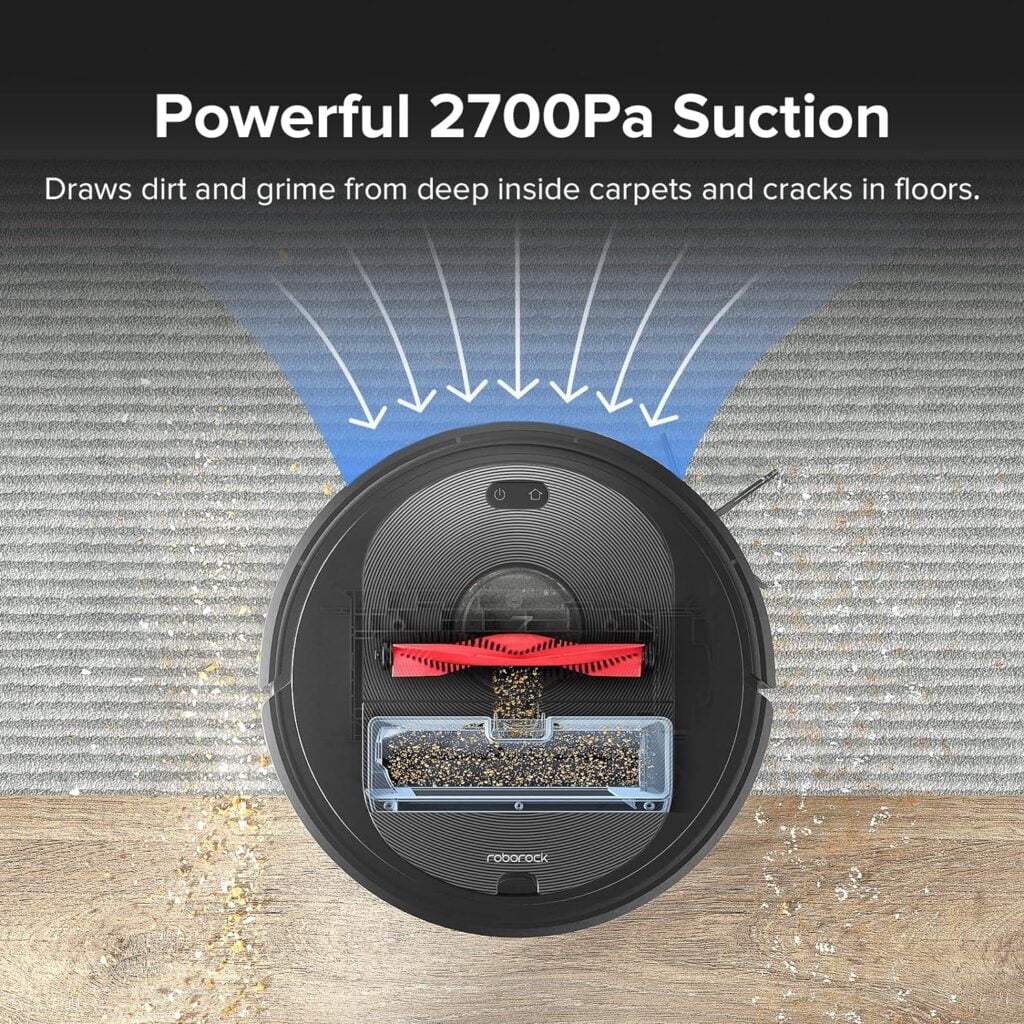
robotic vacuum cleaners
robotic vacuum cleaners, also known as robot vacuums, are autonomous cleaning devices that can navigate around your home and clean on their own. They use sensors to detect obstacles and avoid falling down stairs. Robot vacuums are great for daily maintenance cleaning and can be scheduled to clean automatically. They are ideal for busy households or those who dislike manual vacuuming.
Specialized Vacuum Cleaners
A specialized vacuum cleaner can make cleaning your home much easier and more efficient. One type of specialized vacuum cleaner is the handheld vacuum cleaner. These compact and lightweight cleaners are perfect for quick clean-ups and reaching tight spaces. They are especially useful for cleaning upholstery, stairs, and car interiors.
Another type of specialized vacuum cleaner is the wet/dry vacuum cleaner. These versatile cleaners can handle both wet and dry messes, making them ideal for households with pets or young children. They are also great for cleaning up spills and messes in the garage or workshop.
For those who need to clean large areas, such as offices or commercial spaces, a backpack vacuum cleaner is a great choice. These vacuums are worn on the back, allowing for easy maneuverability and reducing strain on the arms and back. They are particularly effective for cleaning large carpeted areas.
Vacuum Cleaner Components
A vacuum cleaner is a vital appliance for maintaining a clean and healthy home environment. Its efficient performance depends on various components that work together seamlessly. These components include:
The motor is the heart of a vacuum cleaner, responsible for generating the necessary suction power. It is usually located in the main body of the appliance. A powerful motor ensures effective cleaning by creating strong suction to lift dirt, dust, and debris from different surfaces. The suction system consists of hoses, tubes, and nozzles that direct airflow to capture dirt. It is designed to efficiently pick up particles from different surfaces, including carpets, hardwood floors, and upholstery.
The suction power can be adjusted to accommodate specific cleaning needs. A vacuum cleaner’s filtration system plays a crucial role in capturing and trapping dust and allergens from the air. It typically includes a combination of filters, such as a pre-filter, HEPA filter, or charcoal filter, to ensure the air released is clean and free from harmful particles. Attachments and accessories enhance a vacuum cleaner’s versatility and make it suitable for various cleaning tasks. Common attachments include crevice tools, upholstery brushes, and extension wands. These accessories allow users to clean hard-to-reach areas, furniture, curtains, and other surfaces with ease.
Factors To Consider When Buying A Vacuum Cleaner
When purchasing a vacuum cleaner for your home, there are several factors to consider. These include the type of flooring in your home, the size of your living space, your cleaning needs, and your budget. By taking these factors into account, you can make an informed decision on the best vacuum cleaner for your home.
When considering a vacuum cleaner for your home, it is important to take several factors into account.
Type of Flooring and Surfaces
The type of flooring and surfaces in your home will play a significant role in determining the type of vacuum cleaner you should choose. Whether you have hardwood floors, carpet, or a combination of both, it is essential to select a vacuum cleaner that is designed to effectively clean these specific surfaces.
Allergies and Air Quality
If you or your family members suffer from allergies or respiratory issues, it is crucial to consider a vacuum cleaner with a HEPA filter. HEPA filters are designed to capture small particles and allergens, ensuring improved air quality in your home. Additionally, look for a vacuum cleaner with a sealed system to prevent any dust or allergens from escaping back into the air during use.
Noise Level and Energy Efficiency
Noise level can be an important factor to consider, especially if you have young children or pets in your home. Look for vacuum cleaners with noise reduction technology or models that specifically advertise quieter operation. It is also advisable to consider the energy efficiency of the vacuum cleaner, as this can impact both your electricity bills and your environmental footprint.
Proper Maintenance And Cleaning Techniques
Regular maintenance of your vacuum cleaner is essential to ensure its longevity and optimal performance. Cleaning the filters and brushes should be a priority. Filters often get clogged with dust and debris, obstructing air circulation and reducing suction power. Regularly clean and replace them as recommended by the manufacturer. Brushes should also be checked and cleaned to remove tangled hair and fibers that hinder movement. Emptying the dust container or bag is another crucial step. Regularly empty it to prevent overflow and maintain maximum suction power. Check for clogs and blockages in the hose, nozzle, and other parts of the vacuum cleaner. Any obstruction can hamper the cleaning efficiency and strain the motor. Remove the blockages carefully to avoid damaging the appliance. By following these cleaning techniques, you can keep your vacuum cleaner in top condition and improve its overall performance.
Tips And Tricks For Effective Vacuuming
Vacuuming your home regularly is essential to maintain a clean and healthy living environment. To maximize the effectiveness of your vacuum cleaner, keep these tips in mind:
- Slow and Even Movement: When vacuuming, move the machine slowly and evenly across the floor. This allows the vacuum to suction up dirt and dust effectively.
- Overlapping Vacuuming Patterns: Instead of just going in one direction, use overlapping patterns while vacuuming. This ensures that no area is missed and provides a thorough cleaning.
- Utilizing Attachments for Various Surfaces: Vacuum cleaners come with various attachments that are specifically designed for different surfaces. Use these attachments to clean upholstery, stairs, crevices, and hard-to-reach areas.
By following these simple tips, you can ensure that your vacuum cleaner efficiently removes dirt and debris from your home, leaving it fresh and clean.
Troubleshooting Common Problems
Discover effective troubleshooting tips for common problems encountered with vacuum cleaners designed for home use. From loss of suction power to tangled brush rolls, this comprehensive guide provides practical solutions to keep your vacuum running efficiently.
Troubleshooting Common Problems
Loss of Suction Power: If your vacuum cleaner is experiencing a loss of suction power, there are a few possible causes. First, check if the bag or canister is full and needs to be emptied. Secondly, ensure that the filter is clean and free from clogs. Sometimes, a misaligned or damaged hose may also be the culprit, so make sure to inspect it thoroughly. Finally, check the suction settings on the vacuum cleaner itself as a low setting may result in reduced suction power. By addressing these potential issues, you can restore the suction power and ensure effective cleaning throughout your home.
Brushroll Not Working Properly: If the brush roll on your vacuum cleaner is not working properly, there are a few troubleshooting steps you can take. First, check if there is any debris tangled in the brush roll, such as hair or strings. Remove any obstructions and ensure the brush roll spins freely. Secondly, check if the belt that drives the brush roll is intact and not worn out. A broken or loose belt can prevent the brush roll from spinning. If necessary, replace the belt to restore functionality. Finally, check if there are any obstructions in the air intake pathways that may be affecting the brush roll. By addressing these potential issues, you can ensure the brush roll works properly and maintains optimal cleaning performance.
Vacuum Cleaner Overheating: Overheating is a common issue with vacuum cleaners, especially when they are used for extended periods without breaks. To prevent overheating, make sure to give your vacuum cleaner regular rests during prolonged cleaning sessions. Check if the filter is clean and free from clogs, as a dirty filter can restrict airflow and lead to overheating. Additionally, ensure that the dust bag or canister is empty to allow for proper air circulation. If the vacuum cleaner still overheats, it may be necessary to contact the manufacturer for further assistance. By following these steps, you can help prevent overheating and prolong the lifespan of your vacuum cleaner.
Vacuum Cleaner Safety Tips
When using a vacuum cleaner in your home, it is important to prioritize safety to prevent accidents and ensure smooth operation. Unplugging the vacuum cleaner when it is not in use helps to mitigate the risk of electrical accidents as well as reduce phantom energy consumption. Additionally, it is crucial to avoid vacuuming wet surfaces to prevent damage to the machine and potential electric shock. Water and electricity do not mix well, so it is essential to keep the vacuum away from any wet areas.
Furthermore, another safety tip to keep in mind is to keep children and pets away from the vacuum cleaner during operation. The machine’s moving parts could potentially cause injury, and there is a risk of cords being tangled, leading to accidents. Supervision is necessary to ensure safety and prevent any mishaps.
Extending The Lifespan Of Your Vacuum Cleaner
Regular maintenance and cleaning are crucial for prolonging the lifespan of your vacuum cleaner. By taking care of your appliance, you can ensure optimal performance and efficiency. Here are some tips to keep your vacuum cleaner in top shape:
Regular Maintenance and Cleaning
- Clean the dust container or bag after each use to maintain suction power.
- Check for clogs in the hoses and attachments regularly to ensure proper airflow.
- Inspect the vacuum cleaner’s brushes for tangled hair or debris and clean them as needed.
Replacing Worn Parts and Accessories
- Replace worn-out brushes, filters, and belts to enhance cleaning performance.
- Consider using genuine replacement parts for optimal compatibility.
- Lubricate moving parts to prevent friction and ensure smooth operation.
Storing in a Clean and Dry Area
- Store your vacuum cleaner in a clean, dry area to prevent dust and moisture accumulation.
- Keep the power cord and hoses neatly stored to avoid tangling and damage.
- Avoid exposing your vacuum cleaner to extreme temperatures or humidity.
By following these maintenance tips, your vacuum cleaner will serve you well for years to come, providing effective cleaning and maintaining a healthy home environment.
Eco-friendly Vacuuming Practices
Eco-friendly vacuuming practices are essential for maintaining a clean home while minimizing the impact on the environment. When choosing a vacuum cleaner, it is important to opt for energy-efficient models that consume less power without compromising performance. Look for energy labels or certifications such as ENERGY STAR to ensure your vacuum is eco-friendly.
In addition to choosing the right vacuum cleaner, consider using natural and non-toxic cleaning solutions. Many commercial cleaning products contain harsh chemicals that can be harmful to both your health and the environment. Instead, opt for eco-friendly cleaning solutions such as vinegar, baking soda, or essential oils.
Proper disposal of vacuum cleaner waste is another crucial aspect of eco-friendly vacuuming. Dispose of vacuum bags or canister waste responsibly by emptying them into garbage bins designated for regular trash. For HEPA filters, check with local waste management authorities for specific disposal instructions.
| Eco-friendly Vacuuming Practices |
| Choose energy-efficient models |
| Use natural and non-toxic cleaning solutions |
| Properly dispose of vacuum cleaner waste |
Vacuum Cleaner Brands To Consider
The Vacuum Cleaner Brands to Consider for your home include Dyson, Shark, Bissell, Miele, and Hoover. Each brand offers a range of models that cater to different cleaning needs and preferences.
Dyson is known for its powerful suction and innovative technology. Their vacuums are designed to effectively clean carpets, hardwood floors, and even pet hair.
Shark is another popular brand that offers a variety of models, including upright, canister, and cordless options. They are known for their versatile and user-friendly designs.
Bissell specializes in carpet cleaning and offers a wide range of models that effectively remove dirt, stains, and odors. They also have options for homes with pets.
Miele is a high-end brand known for its durability and superior performance. Their vacuums are designed to last for many years and offer exceptional filtration capabilities.
Hoover is a well-established brand that offers a range of affordable and reliable vacuum cleaners. They have options for both small apartments and larger homes.
Frequently Asked Questions Of Vacuum Cleaner For Home
Which Vacuum Cleaner Is Good For Home Use?
A good vacuum cleaner for home use is efficient and easy to use. Some popular options include the Dyson V11, Shark Navigator Lift-Away, and Hoover WindTunnel. Choose a vacuum that suits your specific needs and preferences.
What Is The Best Affordable Vacuum?
The best affordable vacuum depends on your specific needs and preferences. However, some popular options include the Shark Navigator Lift-Away, Bissell CleanView, and Eureka PowerSpeed. These vacuums offer excellent performance at a budget-friendly price. It’s recommended to read customer reviews and compare features before making a purchase.
What Is The Best Suction Power For A Vacuum Cleaner?
The best suction power for a vacuum cleaner depends on the specific needs of your cleaning tasks. Look for a vacuum with a higher suction power, measured in air watts or watts, for effective pick-up of dirt and debris. Consider factors like your flooring type and the level of dirt in your home for determining the suitable suction power.
How Much Should You Vacuum Your House?
Vacuum your house at least once a week to maintain cleanliness and remove dust, dirt, and allergens.
What Vacuum Cleaner Is Best For Home Use?
The best vacuum cleaner for home use depends on your specific needs, such as flooring type and lifestyle.
Conclusion
To sum it up, choosing the right vacuum cleaner for your home is essential for maintaining cleanliness and a healthy living environment. With a wide range of options available, from upright to robot vacuum cleaners, you can find one that suits your specific needs and budget.
Remember to consider factors such as suction power, filtration system, and maneuverability when making your decision. So, go ahead and invest in a reliable vacuum cleaner that will make your cleaning tasks a breeze!

